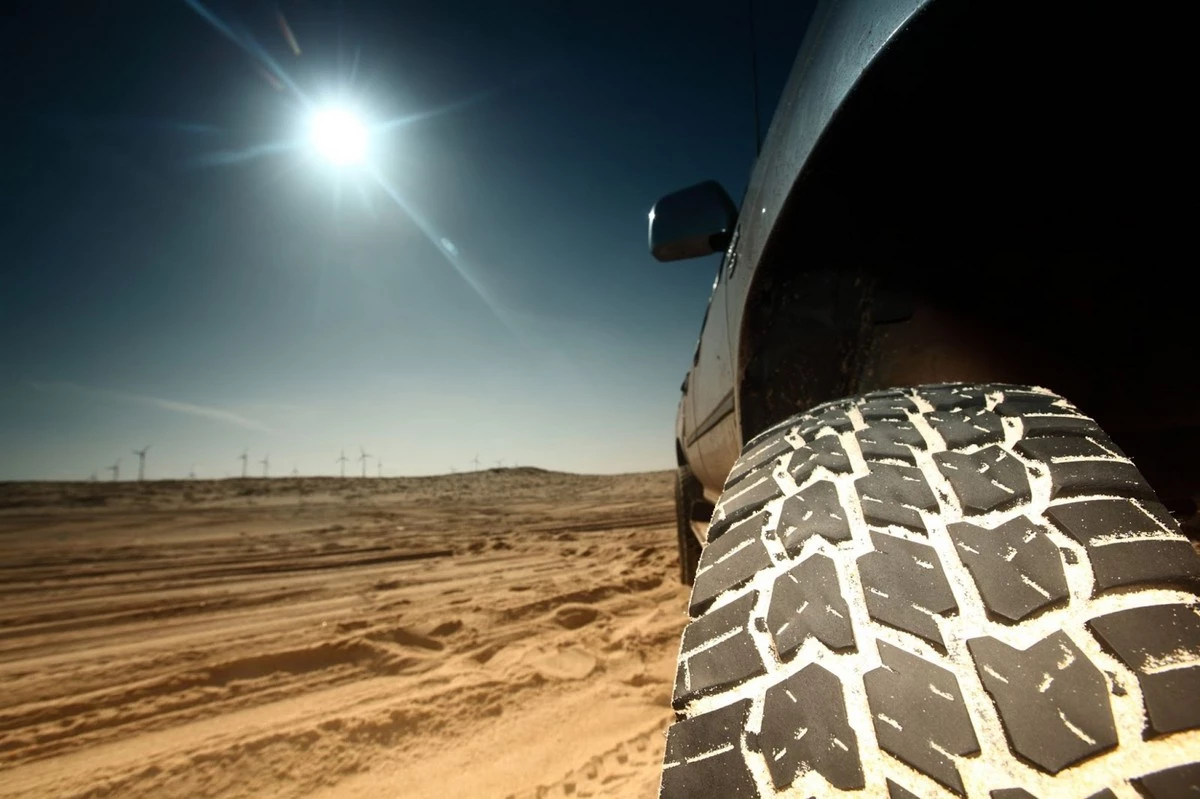Where the asphalt ends, surprises certainly begin. The term off-road is divided into several types, each of which has its characteristics. The last ones must be taken into account in order to calmly reach the end of your intended path. Let's try to review each off-road type and determine the peculiarities of driving according to one or another situation.
To some extent, the listed types of off-road can be combined. Foremost, you need to determine the properties of the surface on which you'll have to drive. Choosing a car for off-roading will help car auctions and proven car shipping from the USA.
Sand and Off-Road
The behavior of the sand under the wheels depends on its moisture content. Dry sand is the most impassable because of its great fluidity. The wheels simply throw it back and the car sinks into it up to the very bridge or even the underbody. The inertia of the vehicle helps to overcome such sandy areas. However, at low speed and with clumsy movement from a place in the sand, the car, with front or rear-wheel drive, is easily buried by all four wheels.
The best way to overcome such a sandy area is to make the vehicle as light as possible, drop the passengers, and lower the tire pressure of all four wheels to 1.0-0.8 atm. The dangerous section is then covered at a sufficient speed and without stops. If there is a rut on the sand, it's better to follow it because it contains compacted sand. Trying to get out of it to the side is risky, as you can skid. Wet sandy soil is well held by the water contained in it, so driving on such a surface is much easier.
Clay and Off-Road
In the case of clay, the situation with water is the opposite. You can drive on dry clay at the speed that the topography of the road allows. Wet clay has two states. If only its surface is moistened, it becomes very slippery. Nevertheless, you can stop there. When driving, you need to be careful on slopes because the car can go into a ditch.
With an even more moistened surface, for example, after several rainy days, the clay turns into a particularly disgusting state. It becomes viscous and sticky. In this case, you need to lower the pressure in the tires, as for sand, but drive in second gear or even in first, so that the car has a sufficient reserve of traction, and it doesn't stall. Remember that both clay and sandy soil are very sensitive to sharp accelerations of the driving wheels—the car quickly digs in and skids.
Snow and Off-Road
If you brake with the car's engine in advance, the tamped snow on the road is quite comfortable for driving at a tire pressure of about 1.0-1.5 atm. Normal braking can lead to skidding, as the friction between the wheels and the snow is weak. Loose snow on the road is overcome by rolling at speed. Snow off the road requires careful inspection. In any case, it is possible to move on loose snow up to a depth of 30 cm, not counting short sections that can be skipped using the inertia of the vehicle.
In case you get trapped in a pothole during off-road driving, all the surfaces previously mentioned here have a common and best way to get out of it:
-
You should find two wider boards, about a meter long.
-
The car is lifted with a jack so that a board can be placed under the wheel in the direction of the exit. Then it's done on the other side, if possible.
-
After that, you can get off the boards, but before that, you need to specify a profitable direction in the course of movement, so as not to slip again.
The main thing is also not to forget the jack and boards—they can still come in handy.
Thickets and Off-Road
In this case, we mean such areas as meadows, glades, and fields. These are the places where your car can move, observing special precautions. Plants and tall grass perfectly camouflage the most dangerous ravine slopes, metal and concrete debris, tree stumps, etc. When moving in such places, it's necessary to walk every inch of this area and find out the degree of its danger.
It's not excluded that a real swamp is hidden under the grass. If, after all, the road is recognized as safe, then you can drive. Foremost, you need to close the radiator blinds so that they aren't clogged with plant seeds and pollen. It's necessary to monitor the temperature of the coolant and stop the vehicle for a rest on long stretches.
Water and Off-Road
It's better to bypass water obstacles. If you still have to cross one, then first you need to put the electrical equipment in perfect order, insulate it, and check the tightness of the oil system. The height of the water should be checked while wading, and the bottom should be well-examined. The maximum depth is no more than 50 cm. Don't stop or turn off the engine while driving.
After crossing the ford, you need to thoroughly dry the brakes by decelerating, inspect the vehicle as a whole, and dry it well. It would also be useful to lubricate the available nodes.
Wrap Up
Of course, not everything can be predicted when it comes to off-road driving. Different paths that are not intended for driving can be dangerous both for the driver and their vehicle. However, the presented recommendations, intelligence, and savvy will help you navigate off-roads.


No comments yet